Oil Injected Screw Compressor
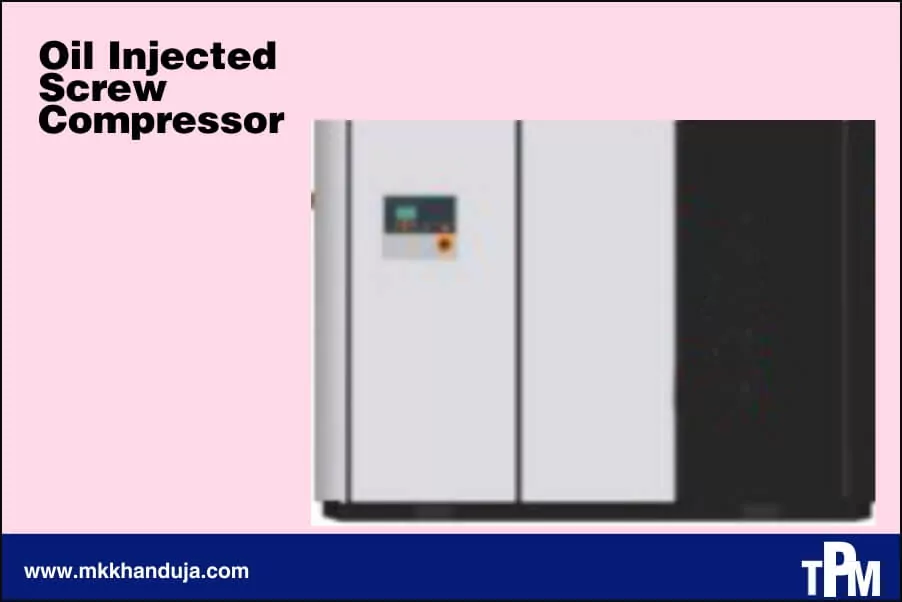
Screw compressor is the most commonly used compressor in industries where large volume and low to medium pressure is required. It has completely replaced reciprocating compressor in last few decades due to its numerous advantages over other compressors like large volume flow rate (FAD), low maintenance, life expectancy of about 15yrs, less power consumption, 100% duty cycle, Continuous air delivery etc. Despite having lowest power consumption among its rivals each year working cost of a screw compressor is almost equal to its purchasing cost and may be greater depending upon the utilization. Let’s take an example of 22 Kw compressor which is required to produce about 1850 of air per day will cost you about Rs 4,50,000($5906)/yr. Only if its is properly maintained and this amount will go up to Rs 7,00,000($9188)/yr. if it is not properly maintained and has number of leakages. So, about Rs 3,50,000($4594)/yr. is the extra amount just because of lack of maintenance strategies or just ignoring these things. There are lot of other ways to reduce this amount that are discussed further. So before understanding about the maintenance strategies and ways to reduce the amount consumed by compressor. It`s necessary to know about the working screw compressor and its parts. Understanding the integrated Compressed air system The compressed air system consists of various major and minor components. It’s not necessary that every system has all these devices it is completely department upon the air requirement and application of compressed air. Some of the essential components are moisture separator, air dryer, filter etc. Working of screw compressor The sucking of air is done by the airend on its rotation it creates vacuum and hence generates a suction pressure at the inlet. This air is then passed through the air filter where it gets filtered then it goes through the airend via an inlet valve which is generally a solenoid one. The air then compresses in between the screws due to decrease in cross-sectional area of screw. Continuous lubrication is done by the oil in the airend. Then the oil – air mixture is sent to the oil air separator element where oil gets separated due to the centrifugal action and then the separated oil and air is sent. Important parts of screw compressor Air end Consists of male (driving rotor) and female rotor (driven rotor). There is some space left between them that reduce continuously from the suction side to discharge side which leads to the compression of air. Motor Induction motor is coupled with the Air end driving rotor that rotate the rotors and compress the air. These motors can also be control by VFD to vary its speed. Suction Valve This valve controls the flow of air in compressor is base upon the solenoid action. It can operate at different positions depending upon the pressure requirement (Pressure sensor). Oil separating element This element is used to separate oil and air that is received from air end. The separation is done by the centrifugal force. The oil and air mixture flows inside to outside in the element and passes through the small mesh which allow only air to pass and oil is collected in sump for further use and cooling. Oil & Air filters It effectively filters the remains of worn part and the impurities in oil. It provide filtration process up to 3microns by its ultra-webNano fibre. That ensure clean and unrestricted flow of air. Control system/HMI It contains of various indicators ensuring proper functioning of each component. It shows the present pressure, temperature at discharge side and other things. It can also be used to change values of discharge pressure, unload and load pressure and many more. Radiator The separated oil and air is sent into the radiator where it gets cooled by forced convection (Exhaust fans) and release heat in to the atmosphere. Receiver tank It’s a large tank with large surface volume where compressed air is stored and released during demand. The large surface area of tank also helps in cooling of air and to reduce moisture. The moisture removed gets collected at the bottom of the tank and needs to be removed timely by a tap.

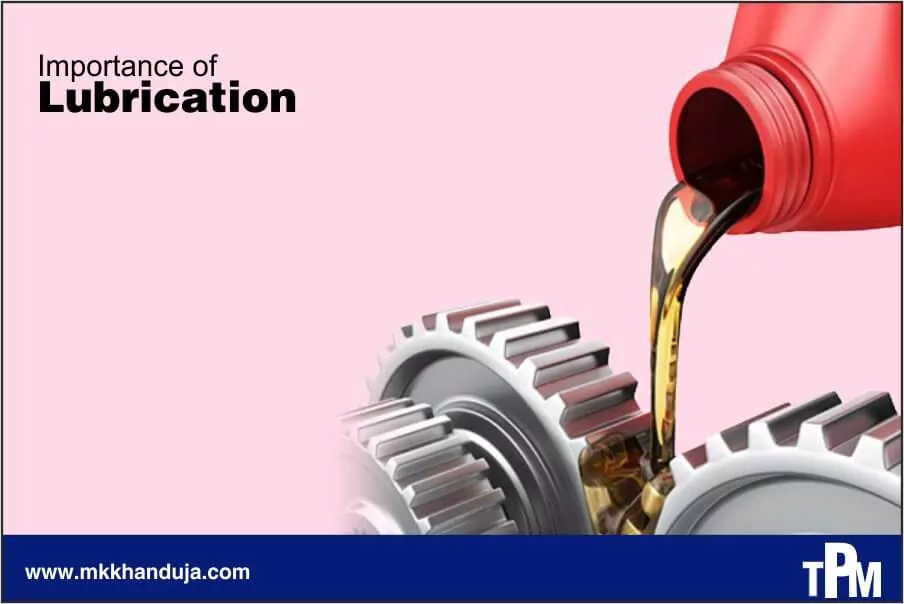
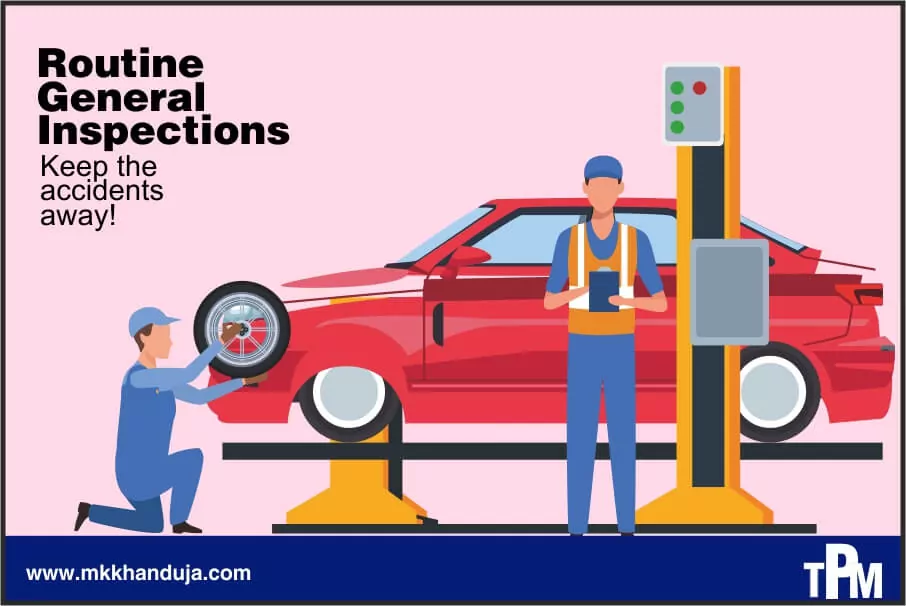
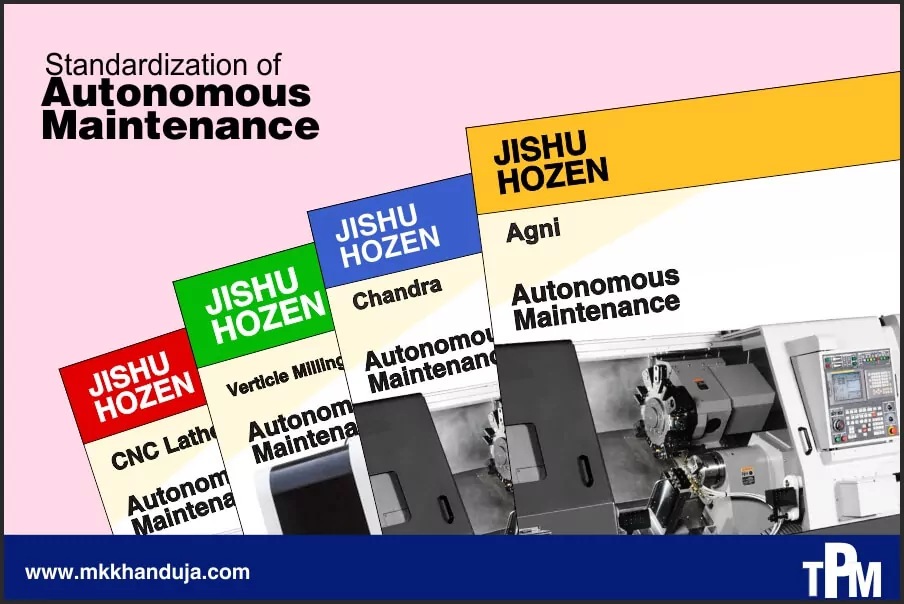
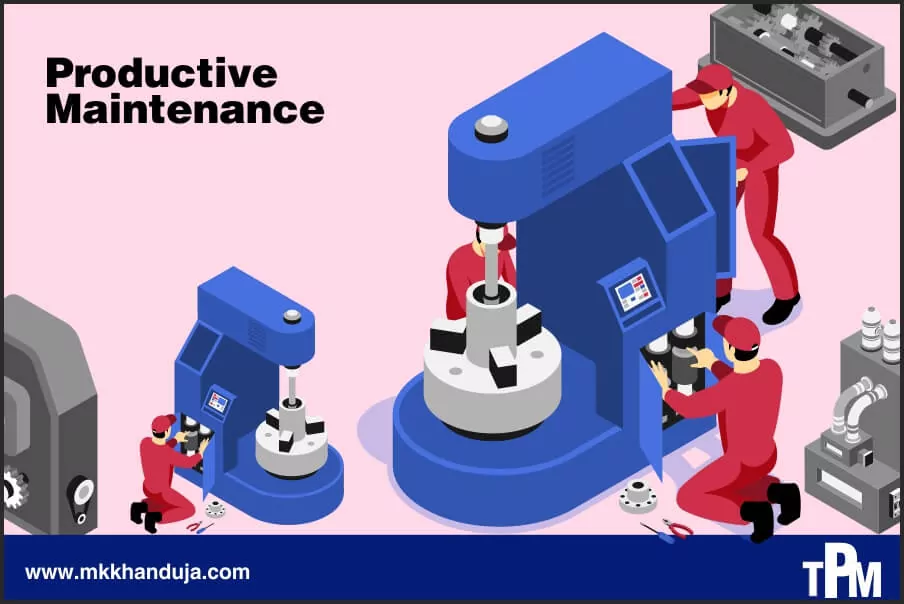
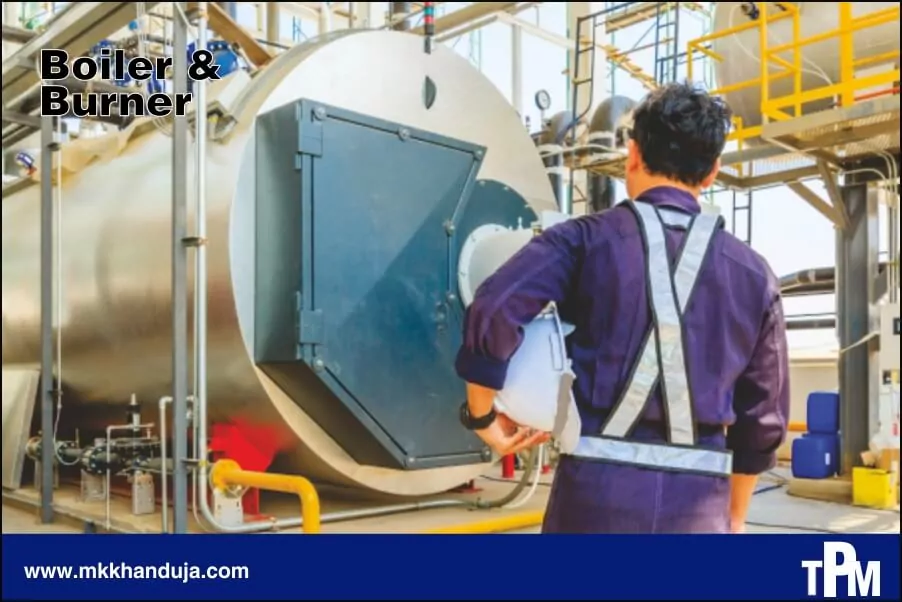
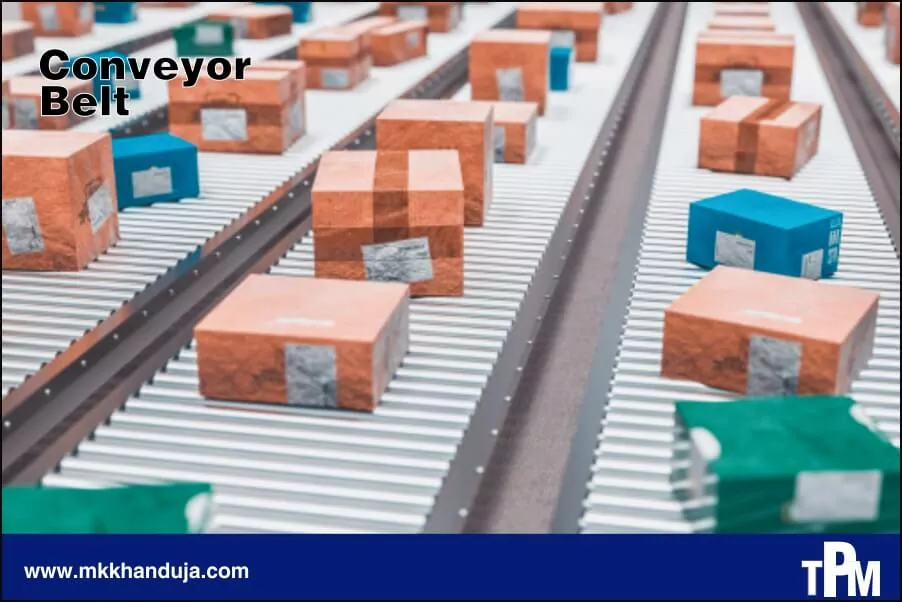
Comments